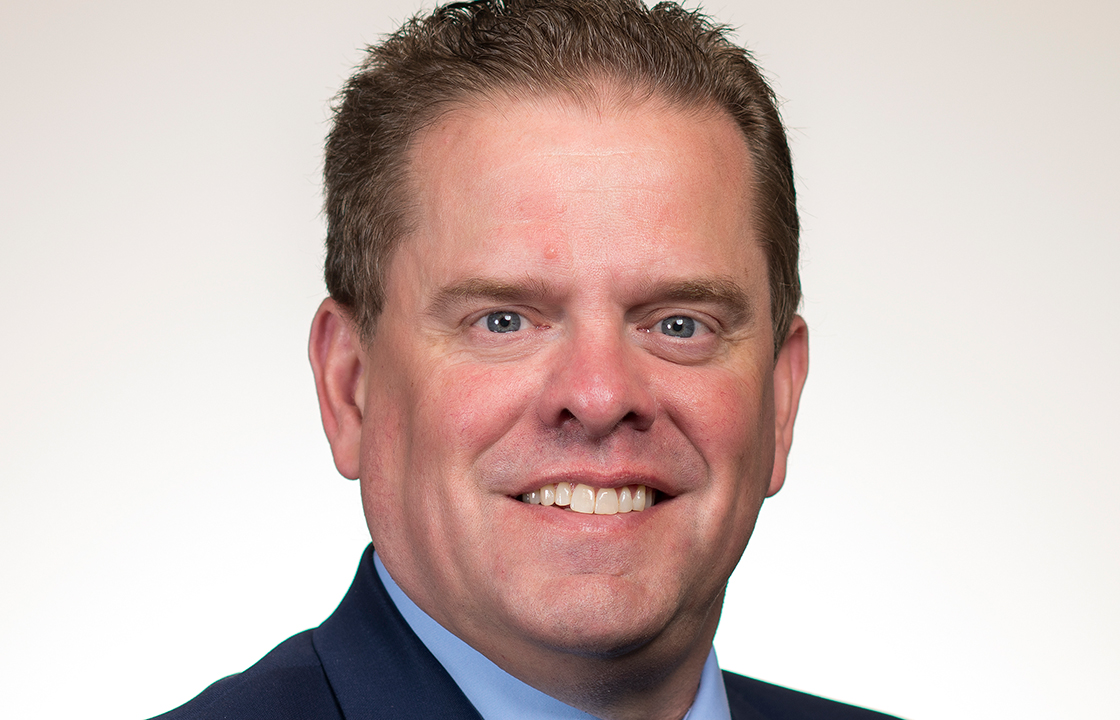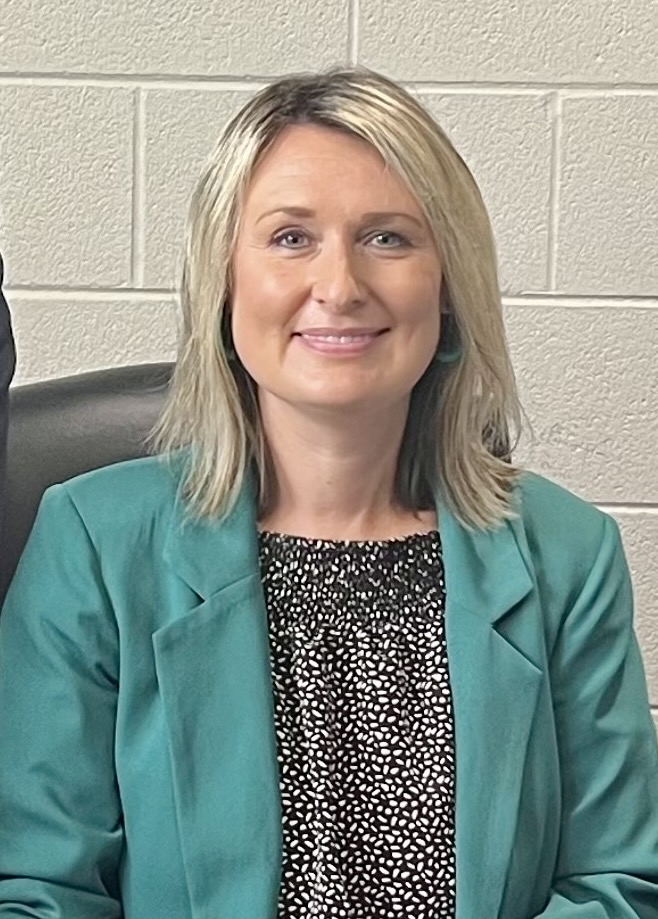
Kristal Doolin
By Kristal Doolin
kristal.doolin@education.ky.gov
Looking back, I find that the most challenging students for me have always been the ones I can’t seem to motivate. Ironically, these are the ones from which I’ve learned the most.
One of the most memorable – I’ll call him Sam – seemed to want to be anywhere but in his classroom. He gave minimal effort on the assignments he did turn in and spoke very little to his teachers. At first, I thought he was shy, but he seemed perfectly comfortable with his friends at lunch or in the hall. Then there were brief moments when he engaged in the lesson or class discussion. I could literally see interest flash in his eyes, but almost as quickly he would disconnect.
As I presented him with challenging or even fun tasks, he only withdrew further. My team and I met with his parents, who were equally stumped. We all agreed that he was capable and formulated a plan to help. By the spring, I had latched onto his interest in World War II, but Sam still showed no growth in reading or anywhere else. I felt defeated.
We’ve all taught a variation on this student – one who can learn, but seems not to

At Corbin Middle School, we’ve adopted a schoolwide “Believe in Your Selfie” campaign to praise the process, use mistakes as learning experiences and develop growth mindsets by example. We challenge other students and educators in Kentucky to join us by taking a selfie that demonstrates your growth mindset and posting it on social media with #BelieveInYourSelfieKY.
Photo submitted by Kristal Doolin
bother trying. Sometimes it’s a student who can truly exceed all standards but just wants to do enough to get the “A,” or the one who has a negative attitude that stems from concerns outside of school, a learning disability or adolescent social drama. No matter the cause, no matter what we try, we cannot reach through the invisible wall to the potential we know is there
This all changed for me when I began teaching Response to Intervention reading classes. While preparing for these classes, I realized I was preparing for an “intervention” that would require a more precise level of involvement than ever. Although I would have markedly fewer students to teach each hour, the specificity and scale of work required to teach each of them was daunting.
My students would be at a point where other methods had been unsuccessful. I knew the depth of this as Sam would one of the kids in my class, so I felt like it was up to me to find the reader in them if they were ever to become college and career ready.
I started the year as I always do by getting to know my students. The first task was a reading inventory and group discussion about their responses. The results showed that none of my students saw him or herself as a strong student reader nor did any of them have any positive memories of reading anything other than children’s books. This hurt my book-loving, language arts teacher heart, and at the same time laid out a path for me. I needed to change those responses.
I began to think of the growth mindset research I’d read and realized that my students all seemed to have a fixed mindset about reading. Their thinking followed the predictable path that we are born with all the intelligence and ability we are ever going to have. How could they be expected to do any better? I needed them to shift to a growth mindset and believe that a person can increase his or her ability and intelligence with effort.
My first official lesson with them was about growth mindset and the neuroplasticity of our brains. My students were both interested and empowered, and I was amazed at how teaching growth mindset helped me understand them in a new way. I could suddenly grasp why Sam seemed to withdraw. He suffered from a fixed mindset and saw no incentive to take a chance that might not prove worth the risk. Why try to do better only to make mistakes? Failure is bad. We teach that in school, right?
As my students and I worked and learned together, I saw how my words could demonstrate a fixed mindset when I didn’t even realize it. It was almost an involuntary reflex to say, “You are so smart!” indicating a fixed intelligence. Yet, it is so much more helpful to praise the process rather than the person with comments like, “I like how you keep trying new ways to solve this.” This language communicates a very different message.
Making this change in myself and how I speak to students is an ever-evolving process. I’ll admit, it seemed almost ridiculously simple. Isn’t the entire premise of teaching based on a growth mindset? That all kids can learn if we give them the right support? However, it wasn’t that simple, and this learning wasn’t just for my students; it was for me, too. We all needed a new perspective.
Consequently, I asked students to give me a chance to change their opinion and worked more intently than ever with each one to ensure they understood how to choose reading on the appropriate level and interest area so we could build upon success. I challenged my students to call me and their classmates out when we used fixed mindset phrases or feedback. I used Google forms for anonymous student voice surveys to get an honest understanding of their feelings and demonstrated my own growth mindset by utilizing their feedback in class.
The good news is that mindsets can change and teachers are in a position to initiate it. As with anything, it has to happen by example. We need to practice what we preach to our students by exhibiting a growth mindset ourselves. Never stop learning and expect the same of those around you. Collaborate with peers not just beyond your classroom, but beyond your district. Personalize professional learning and celebrate both effort and mistakes. Nothing is as powerful as allowing your students and colleagues see you mess up and then learn from it.
Most urgently, consider your own attitude. Do you have a growth mindset toward your own learning and use growth mindset language with your students? Or are you like the frustrated student ready to give up? Are your faculty meetings or classroom an environment that celebrates failure as our best teacher? Or does it penalize teachers or students by recording every step of learning and effort with evaluative judgments or grades?
As noted psychologist Abraham Maslow said, “In any given moment we have two options: to step forward into growth or to step back into safety.” Which position do you demonstrate?
I’m honored to say that Sam and several other students just like him are no longer in my RTI classes. I keep checking on them, but they don’t need me anymore. They are putting their newfound growth mindset to use elsewhere, and looking ahead, the view is beautiful.
Kristal Doolin, a National Board certified teacher, was the 2013 Kentucky Teacher of the Year. She is a 7th- and 8th-grade reading/language arts teacher at Corbin Middle School and is working in a hybrid position as a teacher leader on special assignment with the Kentucky Department of Education. She is also a member of the Kentucky Teacher Advisory Council, NEA/Betterlesson Master Teacher, 2015 Lowell Milken Center for Unsung Heroes Fellow and a regional recipient of Kentucky Secretary of State’s 2015 Outstanding Civic Education Leadership Award. In her role with KDE, she manages Kentucky Appalachian EdShare on Facebook and created the Kentucky Appalachian Teacher Network with co-hybrid teacher Anji Davidson



Great article Kristal. I too am fascinated with growth mind set! How many times in my career have I told a student how smart they are and not praised the effort! Ashamed that in doing what I thought was helpful , sent the message that being smart was somehow inherited. All teachers could learn a very valuable teaching strategy by understanding growth mindset.